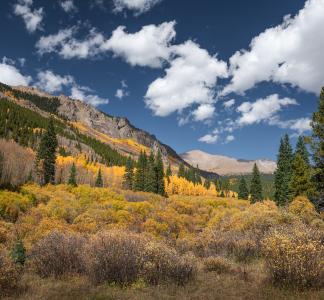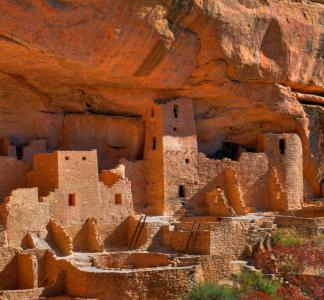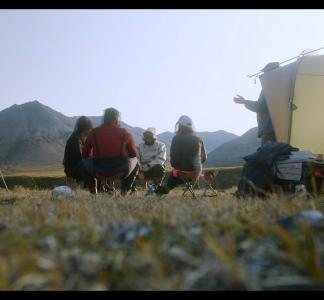Cheyenne and Arapaho Tribes call to rename Colorado’s Mt. Evans and reckon with its namesake’s violent legacy
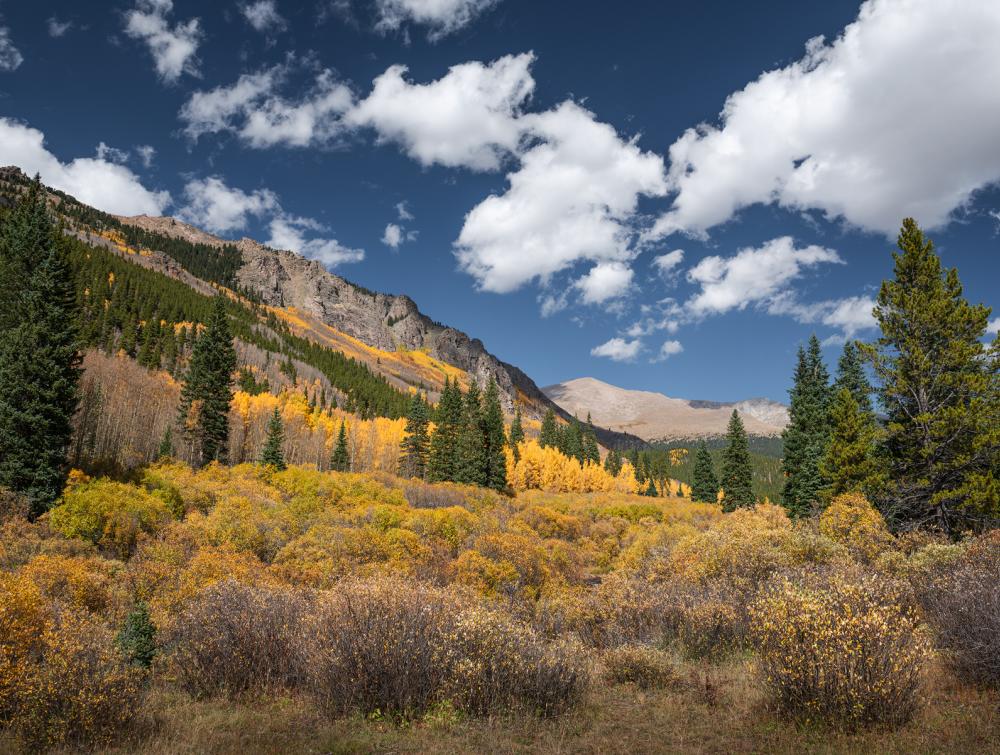
Efforts are underway to rename Mount Evans Wilderness after Mount Blue Sky
Mason Cummings
Mt. Blue Sky would honor tribes, repudiate John Evans for role in massacre
On Nov. 30, the Cheyenne and Arapaho Tribes and The Wilderness Society filed an official petition to rename Mt. Evans, in Colorado’s Front Range, as Mt. Blue Sky. The new name would honor the culture and traditions of both tribes; the Arapaho are known as the Blue Sky People, and the Cheyenne practice an annual life-renewal ceremony called Blue Sky.
Establishing Mt. Blue Sky would honor the Arapaho, known as the Blue Sky People, and the Cheyenne, who practice an annual ceremony called Blue Sky
Mt. Evans is a beloved landmark and “fourteener” that overlooks the Denver skyline, but it carries the weight of a gruesome and still-relevant atrocity that occurred about 183 miles to the southeast: the Sand Creek Massacre.
The petition announcement came at a ceremony to mark the 156th anniversary of that atrocity, in which hundreds of Cheyenne and Arapaho Indians—mostly children, women and old men—were brutally killed by white soldiers. Mt. Evans’ namesake is John Evans, Colorado’s second territorial governor, who issued a call for citizens to "kill and destroy" Native Americans, created the conditions that led to the massacre and later attempted to defend it.
Tools & Resources
No gesture can right the grievous wrong of the Sand Creek Massacre. But if the U.S. Board of Geographic Names acts on the Cheyenne and Arapaho Tribes’ recommendation in 2021, it will be an important statement for the tribes and justice overall. As an oft-cited 2012 paper about naming public spaces in post-World War II Germany explained, the ordinariness and ubiquity of street names allows them to “render the version of history they represent not only familiar on an everyday basis, but also seemingly self-evident."
Fred Mosqueda, Arapaho Coordinator of the Culture Program of the Cheyenne and Arapaho Tribes, said the Blue Sky name would be “like replacing [Evans] with us. He’s gone, but we’re still here.”
Conversely, renaming familiar places—in this case a mountain rather than a street, but a well-known feature nonetheless—might help rebuke the cruel, outmoded telling of history they once represented and replace it with a version that affirms Indigenous strength. Or as Fred Mosqueda, Arapaho Coordinator of the Culture Program of the Cheyenne and Arapaho Tribes, said earlier this summer about the possibility of the new Blue Sky name, it would be “like replacing [Evans] with us. He’s gone, but we’re still here.”
In fact, as Mosqueda told Colorado Politics about the new petition this week, tribal representatives felt their fallen ancestors also stood with them proudly at the remembrance and petition ceremony: “They were happy we still came.”
Evans “central” to conditions surrounding massacre
While some small details differ depending on who is telling the story, the core facts of the Sand Creek Massacre are clear, and they still have the power to shock. At around dawn on Nov. 29, 1864, hundreds of American cavalrymen converged on Cheyenne and Arapaho camped along Sand Creek, where they had been directed to stay—for their own safety—by a commander at Fort Lyons. By all modern accounts, the encamped Cheyenne and Arapaho were peaceful, posing no threat to the soldiers; Cheyenne leader Mo'ohtavetoo'o (Black Kettle) greeted the troops with an American flag while others waved white flags. It didn’t matter. Colonel John Chivington, commander of the Colorado Military District, directed his men to attack with artillery, bullet and blade. The majority of those killed and mutilated by Chivington’s forces were women and children.
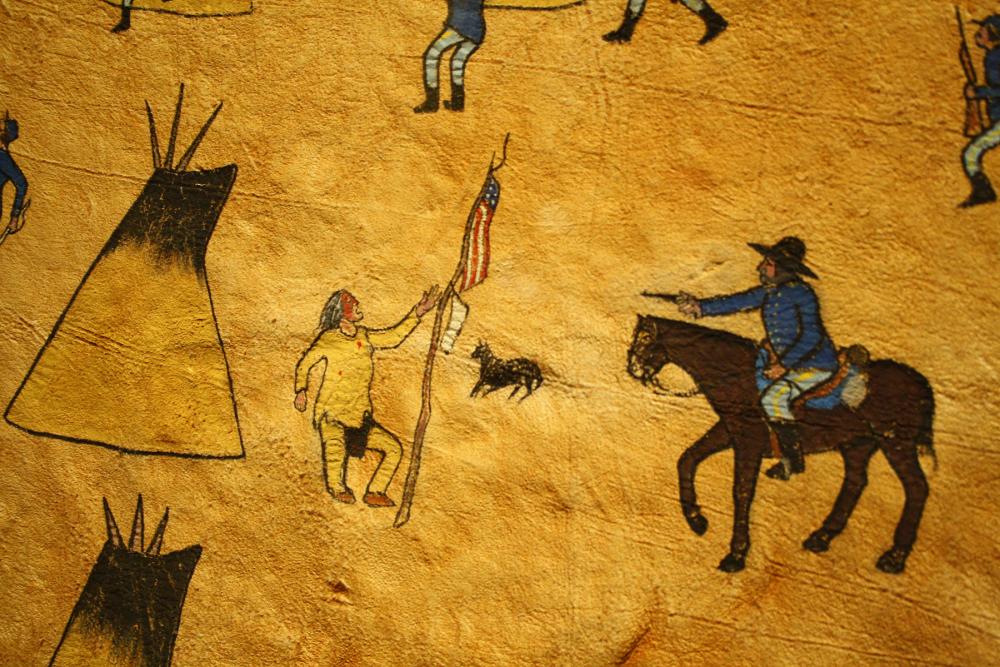
Detail of a modern painting at the Buffalo Bill Center of the West showing Black Kettle greeting troops at Sand Creek
Stone Rabbit, Wikimedia Commons
Territorial Governor John Evans didn’t fire a carbine or specifically order the attack at Sand Creek, but historical analyses have determined he was broadly culpable in the “patterns of action and decisions” leading up to it, a “central” figure who made the slaughter possible and, indeed, likely. In short, Evans was responsible for it.
And though he’s been lauded for helping to develop the state and institutions of Colorado, including founding what became the University of Denver, the massacre is an indelible part of Evans’ legacy--perhaps the most significant aspect of it, given the need to own up to colonization and displacement of Indigenous people as part of the modern movement for social justice. That recognition makes replacing Evans’ name essential.
“Mt. Blue Sky” an important step toward broader reckoning
There is a tendency to treat white America’s brutal treatment and institutional oppression of Indigenous people as ancient history, but actions that uphold or partly validate those long-ago crimes are still very fresh. It wasn’t until just over 30 years ago that the Smithsonian Institution agreed to return the skeletal remains of Indigenous people—purportedly including some victims of the Sand Creek Massacre—to their descendants. Tribal leaders had to lobby for decades between when the Colorado Historical Society placed a historical marker on the site of the massacre and when the federal government finally established the Sand Creek Massacre National Historic Site, in the year 2000. And to this day, there are still remnants of a small town near the site of the massacre named Chivington, for the colonel who executed the horrific crime. Actions that redress such crimes remain current and relevant.
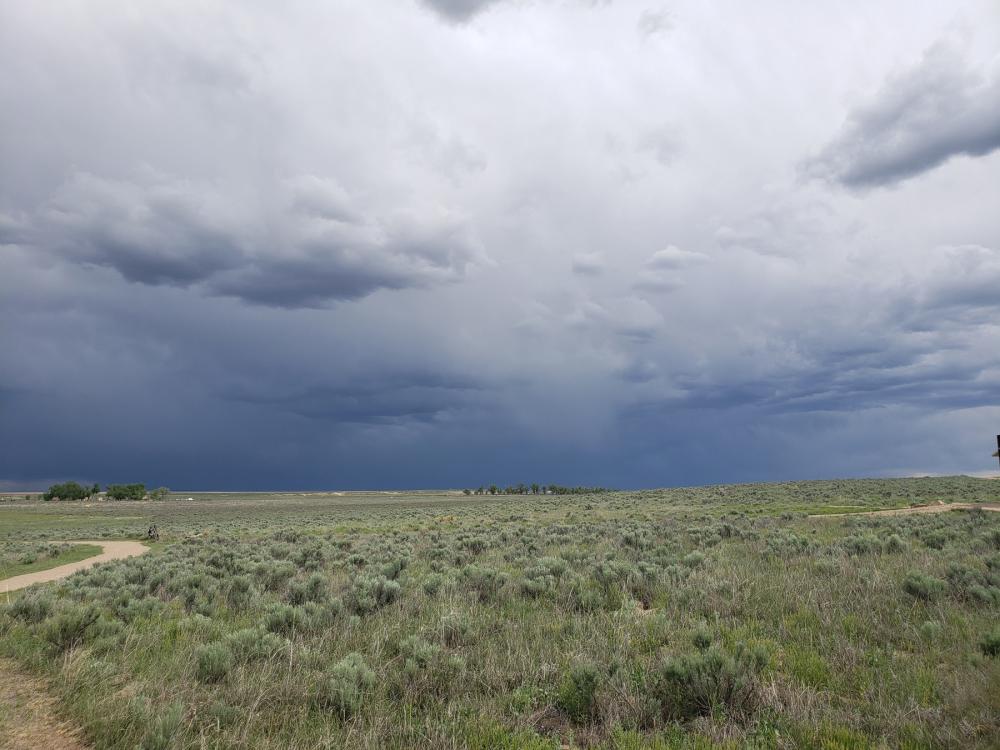
Sand Creek Massacre National Historic Site, Colorado
Teri Jobe, NPS
They’re meaningful to the national character, too, beyond their obvious significance to tribes like the Cheyenne and Arapaho. The U.S. is relatively early in the very challenging process of reckoning with centuries’ worth of disparate crimes visited on Indigenous people and people of color, spread across thousands of miles, recorded in varying detail. That’s not to mention the persistence of racist and revanchist impulses in American thought, evidenced by defense of Confederate monuments and the like, that make honestly re-examining history a cultural struggle.
That reckoning is and will be a far-reaching, generations-spanning process, encompassing everything from new ideas about how we teach American history in schools to, potentially, financial restitution. But renaming places like Mt. Evans is a start, and will be essential if we want to move in that direction.
The key is to ensure input from Tribal figures and others whose voices have often been excluded from the conversation, especially when those voices belong to those who have been consistently insulted and injured by the status quo. We’re proud to stand with the Cheyenne and Arapaho Tribes in calling for Mt. Evans to be reborn as Mt. Blue Sky.
